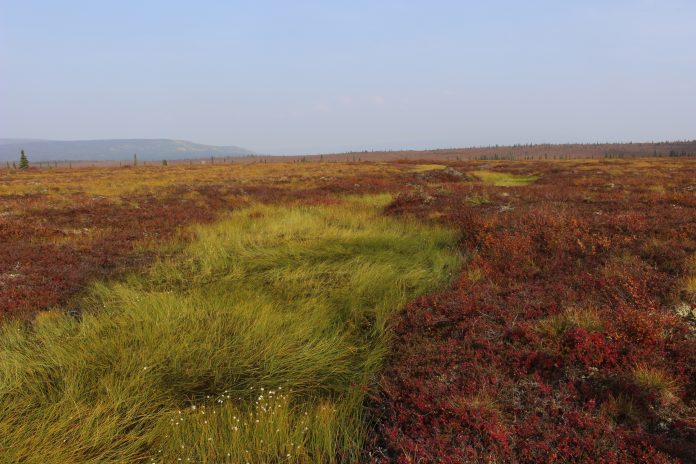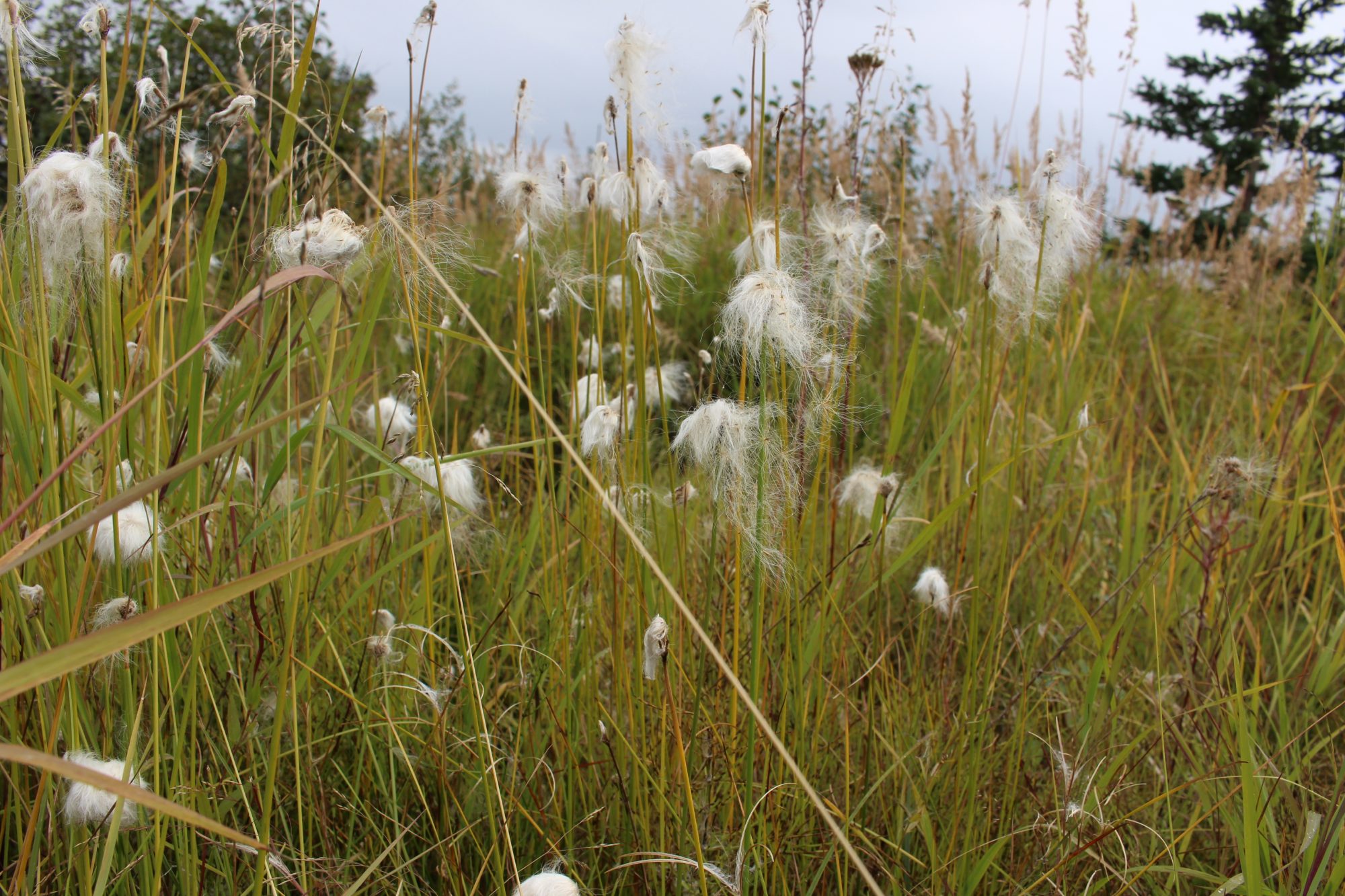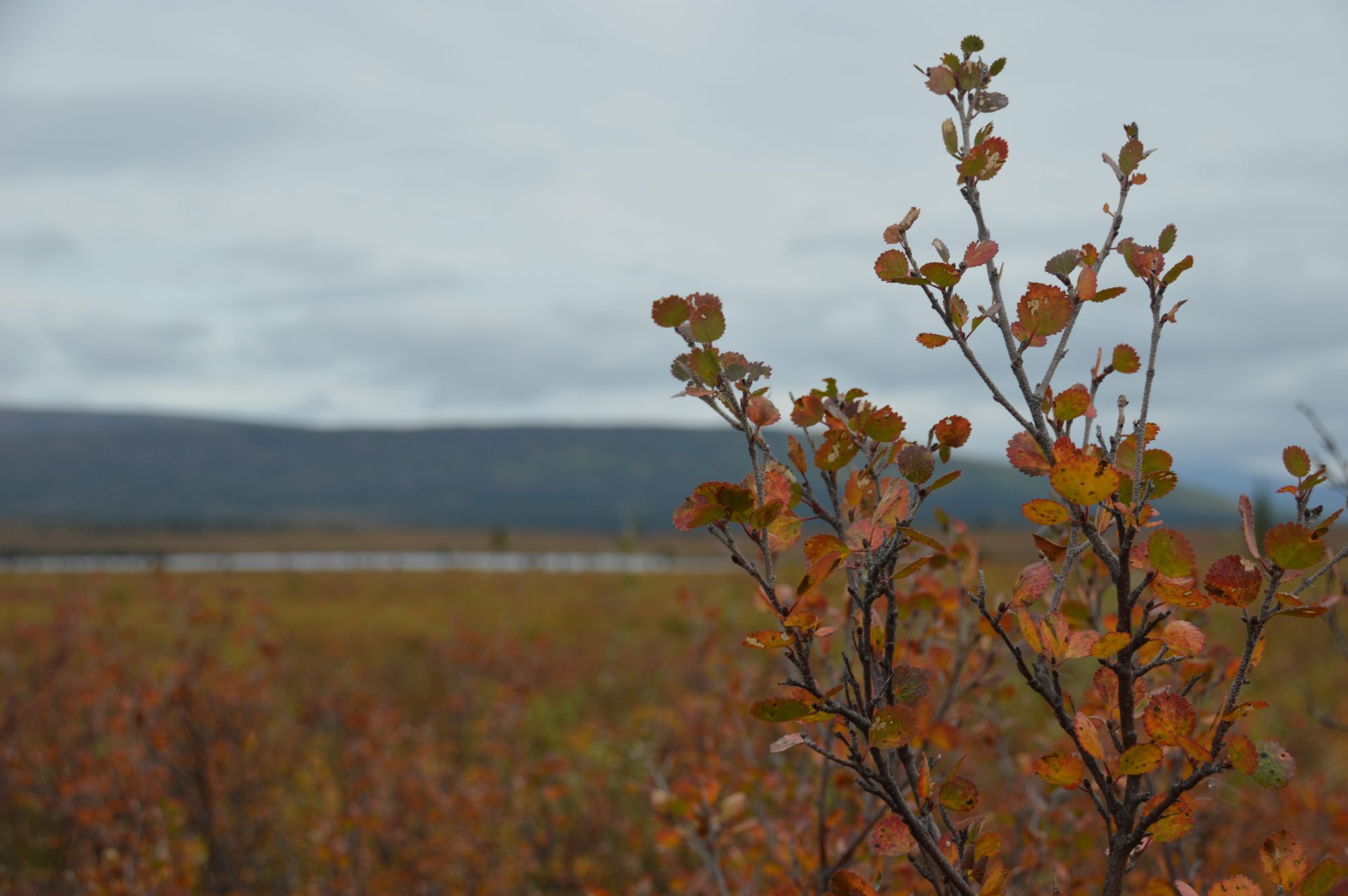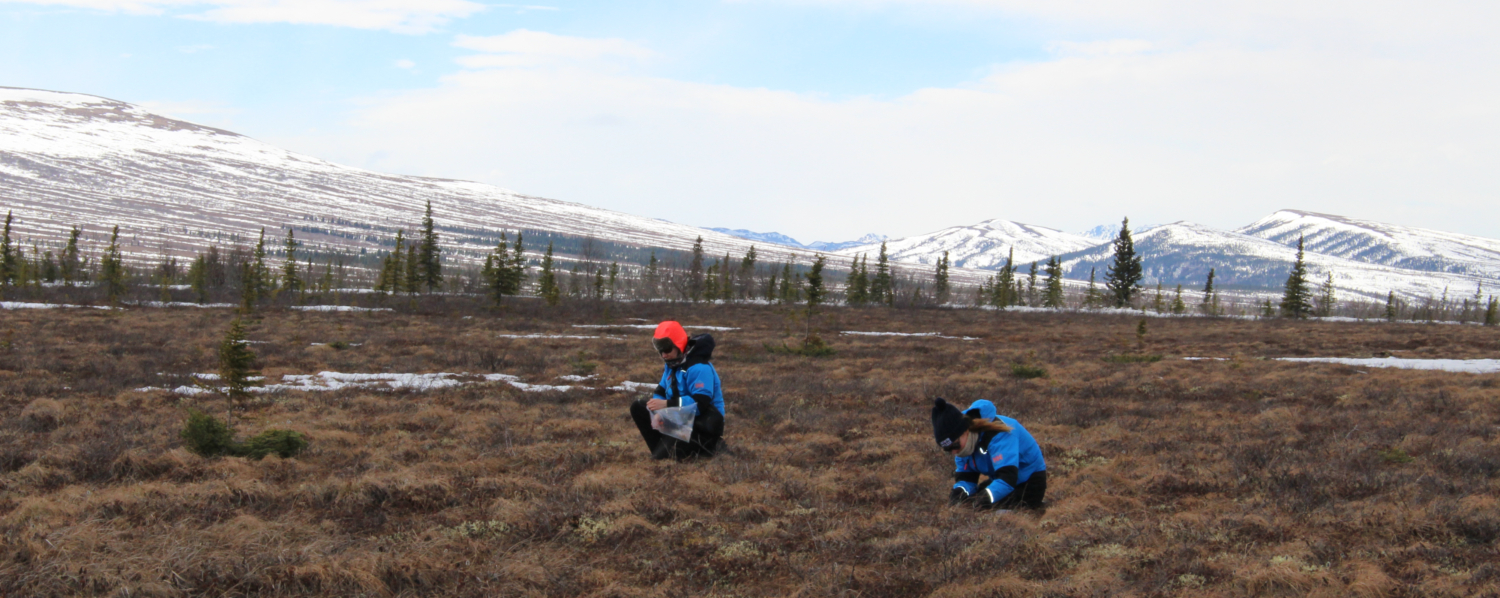
Elisabeth Mauclet from the Earth and Life Institute at UCLouvain, Belgium, brings to light the ways in which Arctic tundra vegetation mirrors the complex landscape response to climate change
Arctic vegetation has adapted to the cold climates of the north. However, ongoing climate change, amplified across the Arctic, threatens to perturb this fine equilibrium, leading to shifts in vegetation species, abundance and distribution.
Arctic warming and permafrost thaw drive changes in ground stability, soil drainage capacity and expose previously frozen and unreachable pools of soil organic carbon and soil mineral constituents, which potentially become available for living organisms (plants and soil microbial communities). Moreover, seasonal changes in climate are resulting in earlier snowmelt and spring thaw. Together, these changing conditions set the scene for longer and warmer growing seasons, and generate higher plant productivity. Besides the global “arctic greening” phenomenon, the intimate relationship between vegetation and surrounding landscapes leads to contrasted shifts in vegetation across the Arctic region.
Arctic tundra and permafrost degradation: Vegetation shift to sedge or shrub dominance?
The typical Arctic tundra has patchy and low ground vegetation consisting of vascular species such as sedges, forbs, and shrubs, but also non-vascular species with carpets of mosses and lichens. With the current increase in height and biomass of the Arctic vegetation, two major shifts in vegetation are observed. Studies highlight either a sedge dominance relative to other species or a shrubification, i.e., an intensification of deciduous and evergreen shrub production rates. The occurrence of one scenario or the other depends on the plant group strategy to compete under a soil evolution towards wetter or drier conditions (see the picture above). Ultimately, these contrasted changes in vegetation have different feedback implications on the environment.
Changes in Arctic tundra vegetation: What consequences for the environment?
Increased plant productivity and sustained biomass production may slow down the permafrost carbon feedback by enhancing atmospheric carbon dioxide consumption via photosynthesis. Alternatively, expanding plant cover in permafrost regions reduces the highly reflective snow cover and may thereby amplify global warming. Moreover, sedge-dominated and woody shrub-dominated tundra show differences in snow interception, directly affecting the snow cover thickness and its insulating effect on the ground.


Impact of vegetation changes on the cycling of mineral nutrients
Plant leaves are the key connectors between soil and plants because of their storage capacity and seasonal cycling upon leaf fall. Plants take up mineral nutrients from the soil to sustain vital functions, to grow and to develop. Nevertheless, species have different functional traits and differ in their morphological, biochemical, physiological, and phenological characteristics. Sedges and shrubs rely on distinct uptake strategies and accumulate mineral elements in different concentrations and distribution into their tissues. For example, sedge shoots are enriched in silicon (Si), potassium (K), iron (Fe), aluminium (Al), and phosphorus (P), whereas shrub foliar tissues are more concentrated in calcium (Ca) and manganese (Mn).
All of these elements, essential mineral nutrients for plant development (e.g., Ca, K, Fe or Mn) or not (e.g., Si and Al), contribute to plant mineral composition and are therefore connected to soil composition. As part of the WeThaw project, Elisabeth Mauclet investigates if changes in vegetation composition, and thereby changes in the mineral element foliar storage, affect the biological and geochemical cycles and turnover of these mineral elements across the Arctic tundra. Understanding the impact of changing Arctic tundra vegetation on the mineral element cycling is key to generating integrated predictions of the ecosystem functioning based on scenarios of the Arctic evolution and the associated feedback on climate change.
Implications for some key elements
Shifts in vegetation may lead to changes in mineral element transfer from plant leaves to the soil surface. This potentially intensified transfer of mineral elements may directly affect local biogeochemical processes. For example, if the organic form of phosphorus is returned to the soil, it may be rapidly mineralised and be available again for plant uptake upon intensified microbial activity in warmer conditions. Amplified recycling of a limiting nutrient such as phosphorus would potentially increase plant production, and contribute to carbon sequestration into plant tissues. Conversely, manganese is an element that may enhance organic matter decomposition upon specific redox conditions and, in turn, amplify the release of carbon to the atmosphere.

The WeThaw project is bridging the knowledge gap between Arctic vegetation evolution and the species mineral element composition. The research project contributes to improve our understanding of the mineral element transfer from plant tissues to soil, given the implications for the biogeochemical cycling of the elements and the influence on the carbon balance in the Arctic.

WeThaw has received funding from the European Union’s HORIZON 2020 Research programme under the Grant Agreement no. 714617.
*Please note: this is a commercial profile










